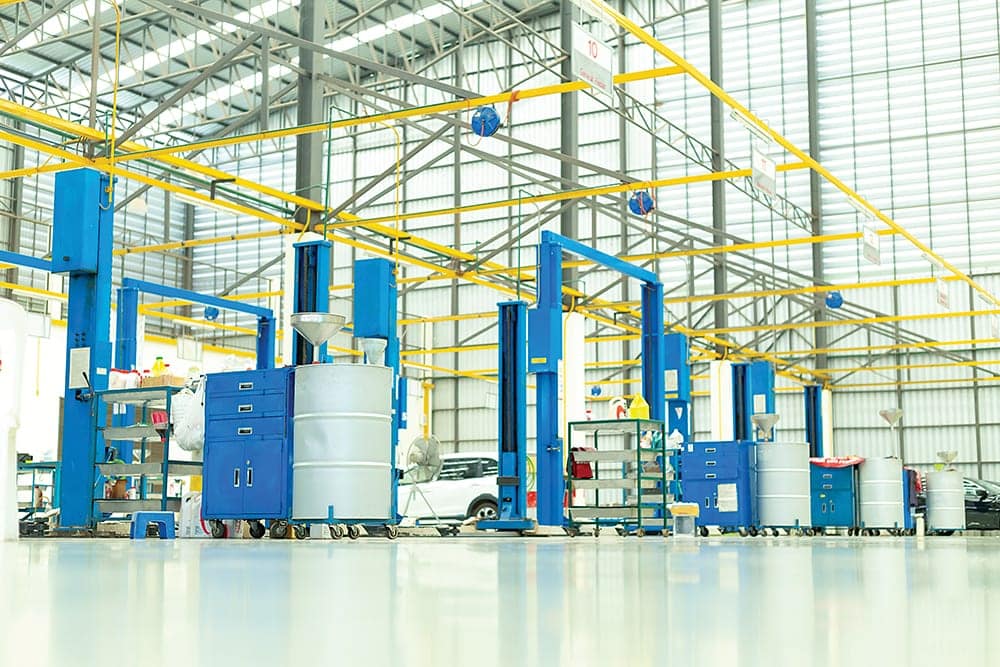BASF Coatings inaugurated a new research center for electrophoretic dip coating at its headquarters in Münster-Hiltrup, Germany. An electrophoretic or cathodic dip coat (e-coat) protects the surfaces, edges and cavities of a car body against corrosion and evens out the roughness of the pre-treated metal surfaces; the e-coat thus provides the basis for the application of subsequent paint layers.
“We invested 15 million euros in the new building at the Münster site,” said Mathias Schöttke, managing director at BASF Coatings GmbH. “The health and safety of our colleagues is particularly important to us at BASF. This is why, during the planning stage, we have not only given high priority to the quality and efficiency of the coating process, but also to ergonomics and occupational safety right from the start.”
“In our new e-coat research center, we can simulate our customers’ processes and paint systems. We can coat pre-treated original [car] parts of our customers under the conditions of their individual paint lines in a 2,000-liter dip tank and bake them in a chamber oven. These parts can be doors, fenders or hoods,” said Frank Naber, head of the Automotive OEM Coatings Solutions Europe, Middle East and Africa business unit at BASF Coatings.
In addition, the research center has two ultra-filtration and filtration stands with which the quality and stability of new e-coats can be tested under the conditions that BASF customers typically work in before the tank is being filled for the first time.
BASF says the center will mainly be used for the CathoGuard® 800 e-coat technology, which has already been applied to more than 100 million vehicles worldwide. The product does without organic tin compounds and has a low solvent content. According to BASF, its optimized film thickness distribution enables the increased savings of material, and guarantees protection of the entire body thanks to its good throwing power. The company underscores that the product also contributes to sustainability by reducing wastewater, which in turn reduces the amount of freshwater required for the process.
